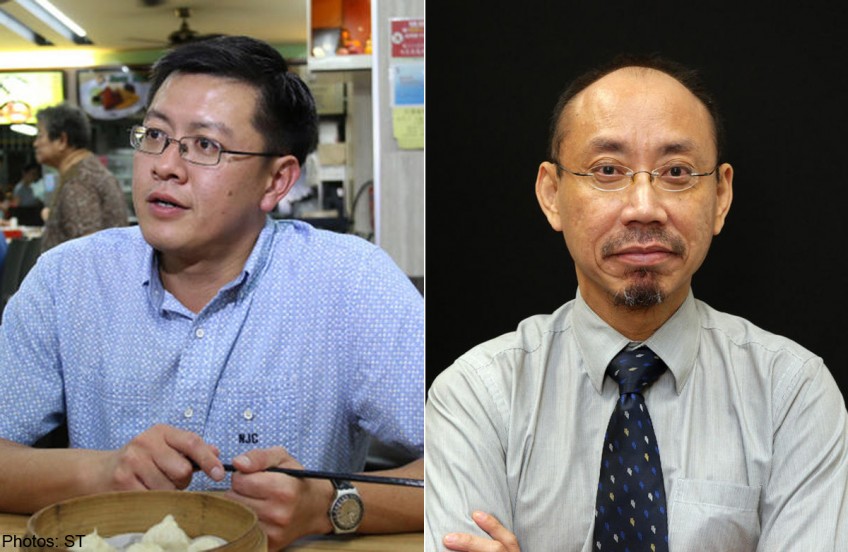Recommendations on CPF 'may not meet intended aims'

THE labour movement's recommendations for changes to the Central Provident Fund (CPF) system seek to improve both retirement adequacy and flexibility, but some may not achieve their intended aims, said observers.
Most expressed concern about allowing large lump-sum withdrawals, while others noted that raising the cap for savings attracting higher interest rates may benefit only the better off.
The National Trades Union Congress (NTUC) submitted 15 recommendations to the CPF Advisory Panel on Tuesday. Among these was a proposal for lump-sum withdrawals of at least 20 per cent to be allowed at the draw-down age, regardless of whether or not the Minimum Sum is met.
Another was to double the current ceiling of $60,000 in CPF savings which attracts an additional 1 percentage point in interest.
"This call for flexibility is going to make the attainability of the Minimum Sum even more elusive," said former Nominated MP Eugene Tan, addressing the former proposal.
"I don't know whether that's going to make CPF members more disappointed with the scheme," added the associate law professor from Singapore Management University.
Furthermore, if the cap is set at 20 per cent, it will be limited by the amount in the account.
"I don't think it's going to be enough for people to be happy," said SIM University economist and Nominated MP Randolph Tan.
He said he was not in favour of the suggestion as it does not solve retirement adequacy, and "it will give the impression that CPF should provide as much liquidity as a bank account".
In fact, the impact of retirement inadequacy could even extend beyond the current generation.
If the number of CPF members without enough savings in the later part of their lives keeps growing, so will the burden on their children, who may need to support them directly in cash or indirectly through taxes, said DBS economist Irvin Seah.
To that end, NTUC's proposal of an incentive to persuade people not to withdraw funds could help, said Lee Kuan Yew School of Public Policy economist Hui Weng Tat.
But SIM University senior lecturer Joelle Fong noted that the flexibility may leave some people feeling happier.
"While the option does not do much to boost retirement adequacy, it might actually be what participants want and look forward to, thereby boosting retirement well-being," said Dr Fong.
When it came to giving more savings higher interest rates, experts were more supportive, with some saying it may encourage more people to park their savings there.
"It will encourage prudent behaviour and leave less liability for the government and society down the road," said MP for West Coast GRC Foo Mee Har.
But not everyone has more than $60,000 in their CPF accounts, so such a move risks being regressive.
"If you have more in your account you'll earn more interest, whereas those with less won't benefit," said Institute of Policy Studies research fellow Christopher Gee.
"That dollar could easily have been spent (by the Government) on health care or Workfare."
joseow@sph.com.sg

This article was first published on January 23, 2015.
Get a copy of The Straits Times or go to straitstimes.com for more stories.